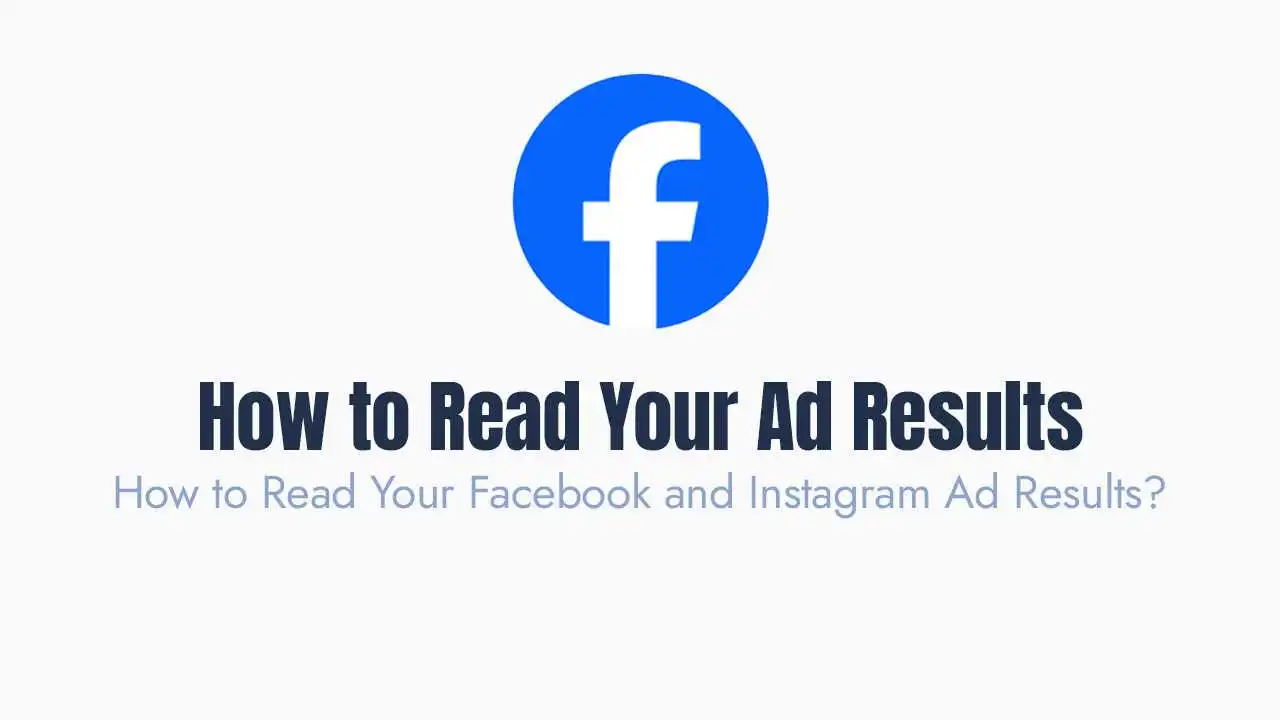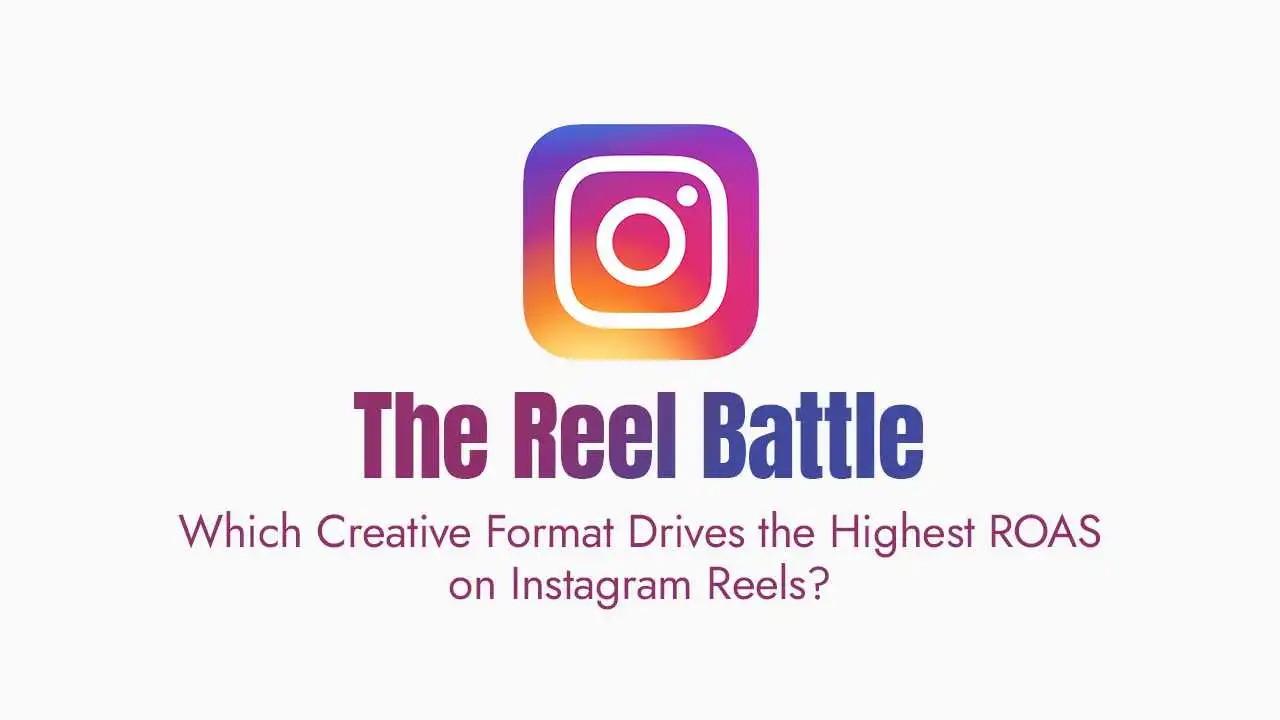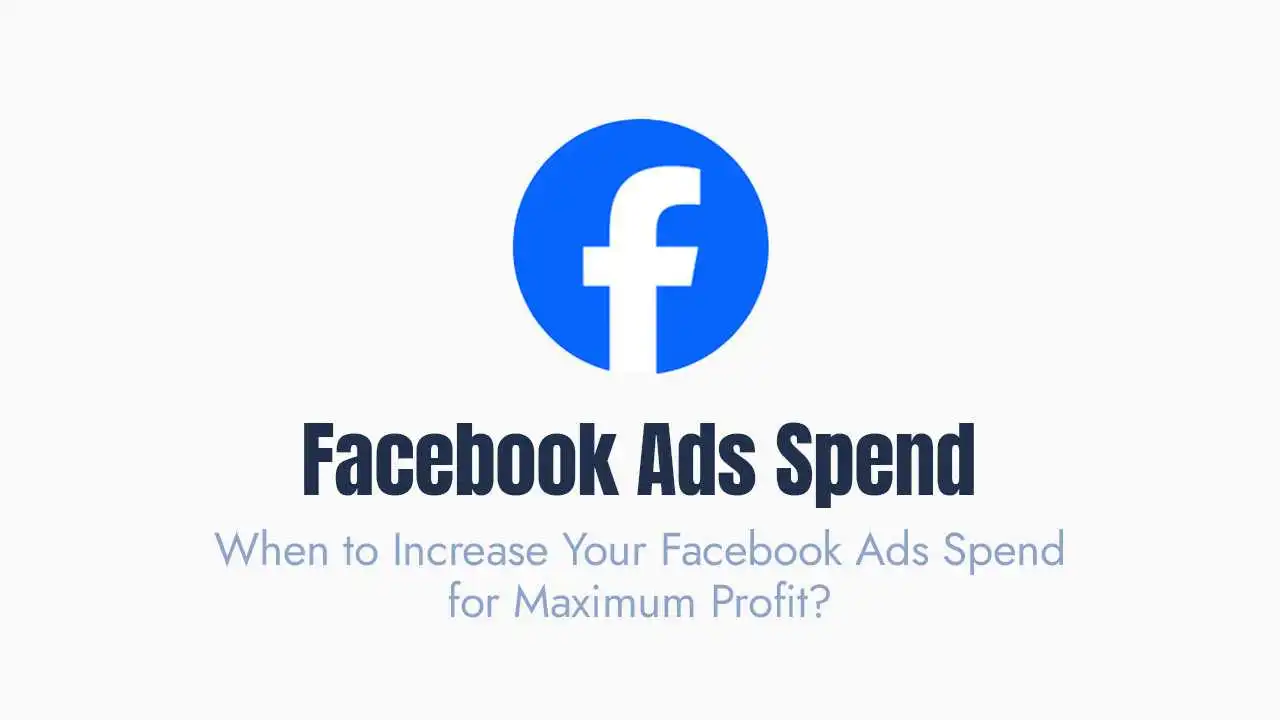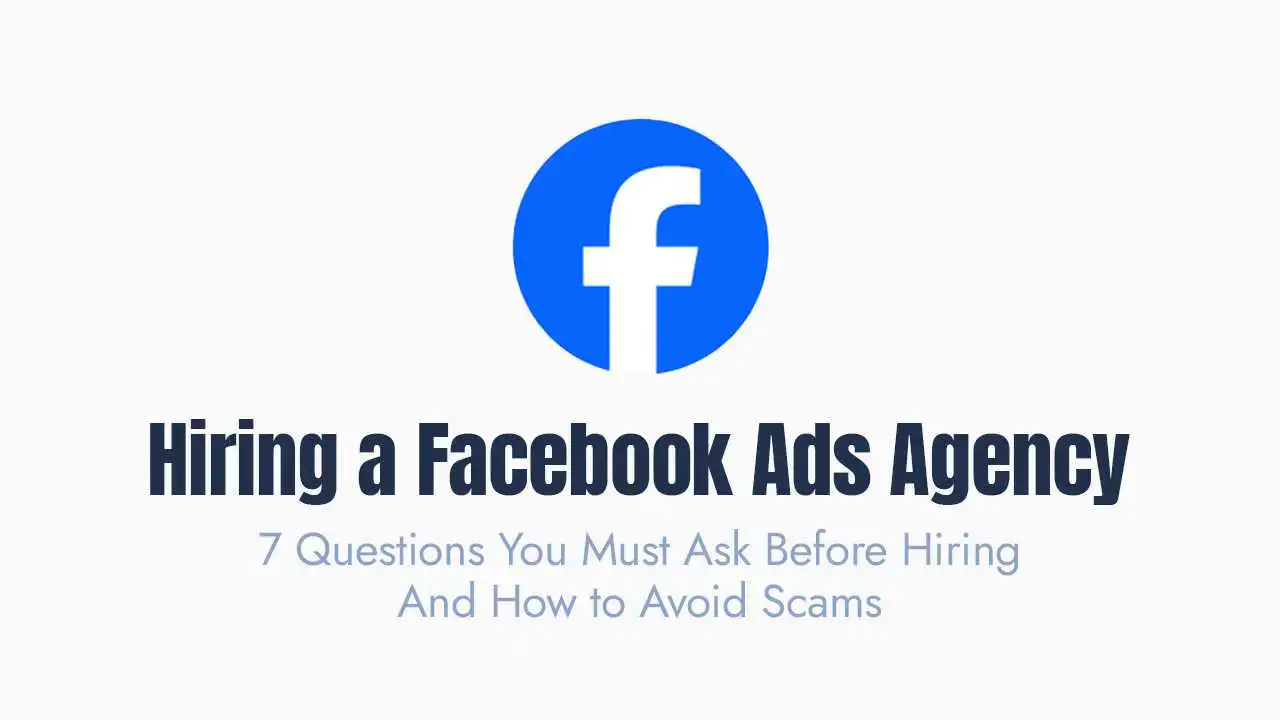What Are the Most Important Ad Metrics to Track?
1. Top-of-Funnel Metrics: Awareness and Engagement
Impressions: The number of times your ad was displayed on a screen. This is a measure of your ad’s visibility.
Reach: The total number of unique people who saw your ad. It’s different from impressions because one person can see your ad multiple times.
Frequency: The average number of times a single person saw your ad (Impressions / Reach). A high frequency (e.g., above 3) can sometimes indicate ad fatigue, where your audience is seeing the ad too much and may start to ignore it.
Click-Through Rate (CTR): The percentage of people who clicked on your ad after seeing it. A high CTR (e.g., 2% or higher) is a strong sign that your ad creative and copy are resonating with your audience.
Cost Per Click (CPC): The average amount you paid for each click on your ad. A low CPC means you’re getting clicks cheaply.
2. Bottom-of-Funnel Metrics: Conversion and Profitability
Conversions: The number of sales, leads, or other valuable actions that resulted from your ad. This is the most important metric to track for an e-commerce store.
Cost Per Acquisition (CPA): The average cost to get a single customer. It is calculated by dividing your total ad spend by the number of conversions. A low CPA means your ad is cost-effective.
Return on Ad Spend (ROAS): The most important metric for an e-commerce business. It tells you how much revenue you generated for every dollar you spent on ads. A ROAS of 3.0 means you made $3 in revenue for every $1 you spent.
How to Analyze Your Results and Make Decisions?
When to Turn Off a Campaign?
Your CTR is very low (e.g., below 0.5%): This is a red flag that your ad creative or audience targeting is not working. The ad isn’t grabbing attention.
Your CPA is too high: If the cost to acquire a customer is higher than your profit margin, you are losing money on every sale.
Your ROAS is below 1.0: This means you are spending more on ads than you are making in revenue. An ad with a ROAS below 1.0 is not profitable.
When to Scale a Campaign?
Your ROAS is high (e.g., 3.0 or higher): If you are consistently making more money than you are spending, it’s a good sign to increase your budget.
Your CTR is strong and your CPA is low: This means you are getting a lot of clicks and a lot of conversions for a good price. It’s a great opportunity to get more eyes on your winning ad.
A/B Testing: The Secret to Continuous Improvement
Test One Thing at a Time: Create two versions of the same ad, but change only one element. For example, test two different images with the exact same ad copy and audience.
Test Your Audience: Run the same ad creative to two different audiences to see which one performs better.
Test Your Copy: Run the same ad creative to the same audience but with two different headlines or calls to action.
How to Improve Your Ad Performance?
Optimizing Your Ad Creative (for Low CTR):
Use a different image or video: The visual is the first thing people see. Try a new, higher-quality image or a video that tells a better story.
Change your headline: Your headline is your “hook.” Experiment with different headlines to see which one grabs more attention.
Refine your copy: Your copy should be benefit-driven, not just a list of features.
Refining Your Audience Targeting (for Low ROAS):
Niche down your targeting: Your audience might be too broad. Try to refine it by adding more specific interests.
Exclude irrelevant interests: Remove interests that might be causing you to show your ad to the wrong people.
Try a different demographic: Test a different age range or gender to see if a different group is more receptive to your product.
Adjusting Your Budget and Bidding Strategy
Increase your budget slowly: Don’t double your budget overnight. Increase it by 20-25% at a time to give the algorithm time to adjust.
Experiment with bidding strategies: Once you’re more comfortable, you can experiment with different bidding strategies to get better results.





